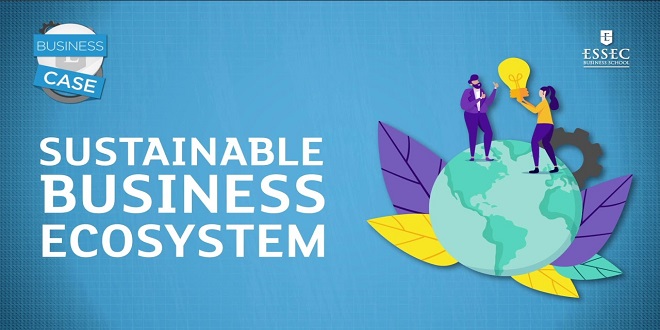Social Profiles
At the center of the Social Web and the shared activities that define it are the online personas of participants: More than with prior anonymous discussion boards or cloaked personas, it’s an actual identity that is of value in a business context, since it is generally the motivation of an individual to be noticed as such that drives social participation in the first place.
Though detailed personal information is (still) generally not available except to trusted friends or colleagues, the use of a real name or photo in one’s social profile is becoming common. Along with any optionally provided information, the result is a a basis for understanding who it is that is actually participating
Premiere Global: A Practical Example of Profiles
In my experience working with Atlanta-based Premiere Global (PGi) on the implementation of a community, the role of the social profi le in activating and sustaining the community is particularly instructive as regards the role of the profi le in a community application.
This particular project a developer’s community built around PGi’s communications API was intended to bring independent developers and internal PGi experts together in a collaborative venue that would spur the development of new and innovative communications applications.
The Profile and the Social Graph
Recall the discussion of the social graph in Chapter 2 The New Role of the Customer. Looking ahead, Chapter The Social Graph will provide an in-depth treatment. For now, understand that the social graph includes the set of profiles that describe T he Social Business Ecosystemâ members of a social network and the interactions, activities, and relationships that connect specific profiles on the Social Web.
In perhaps the simplest view, the social graph defines the way in which one profile is connected to another, through a friendship relationship perhaps. Because the profile itself is tied to a person however vaguely that profile may have been defined there is a sense of accountability and belonging that translates into shared responsibility between those so connected
Social Applications
Taking the four basic building blocks together consumption, curation, creation, and collaboration—one possible model (there are many) for driving engagement emerges. Engagement can be tapped for marketing purposes by anchoring it within the context of the basic social structures—communities, social applications, and similar and then connecting these back to your brand, product, or service. In this section, social applications are the focus.
The basic process of engagement begins with content consumption and builds up to collaboration between participants in the creative process. This is the kind of activity that binds community members together. Taking off on this, there are specific social applications forums, collaborative tools, contests, and games among them that you can implement under your own brand to lead your participants through the steps of engagement that drive your business.
Tech advancements impact society by shaping communication, commerce, and innovation. As technology evolves, businesses must adapt to meet changing consumer needs and expectations while staying competitive in the market.
From enhancing productivity to providing new avenues for growth,
technology plays a critical role in driving progress and transformation across industries. By embracing digital tools and solutions, companies can revolutionize their operations, streamline processes, and reach a wider audience. In today’s fast-paced digital landscape, staying ahead of the curve is essential for long-term success and sustainability.

